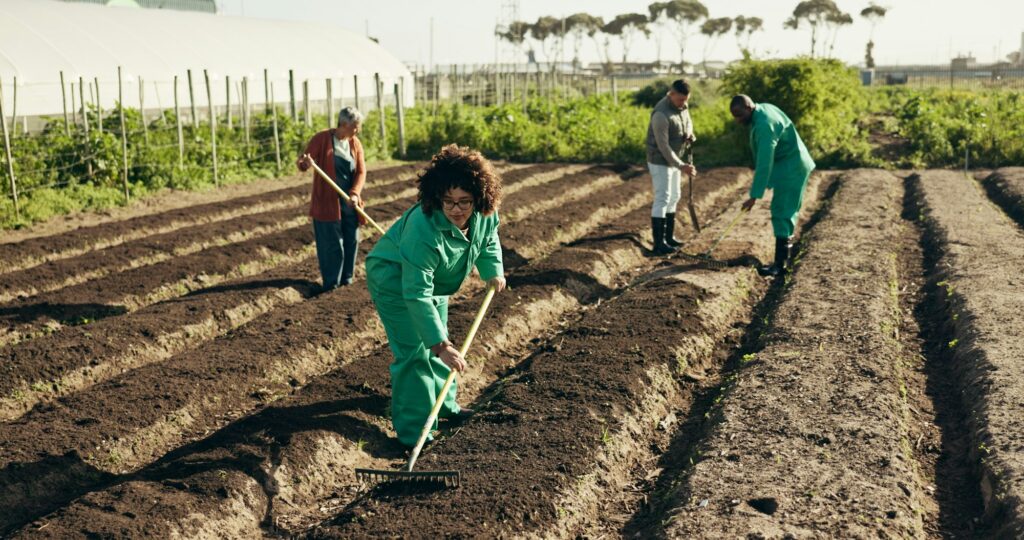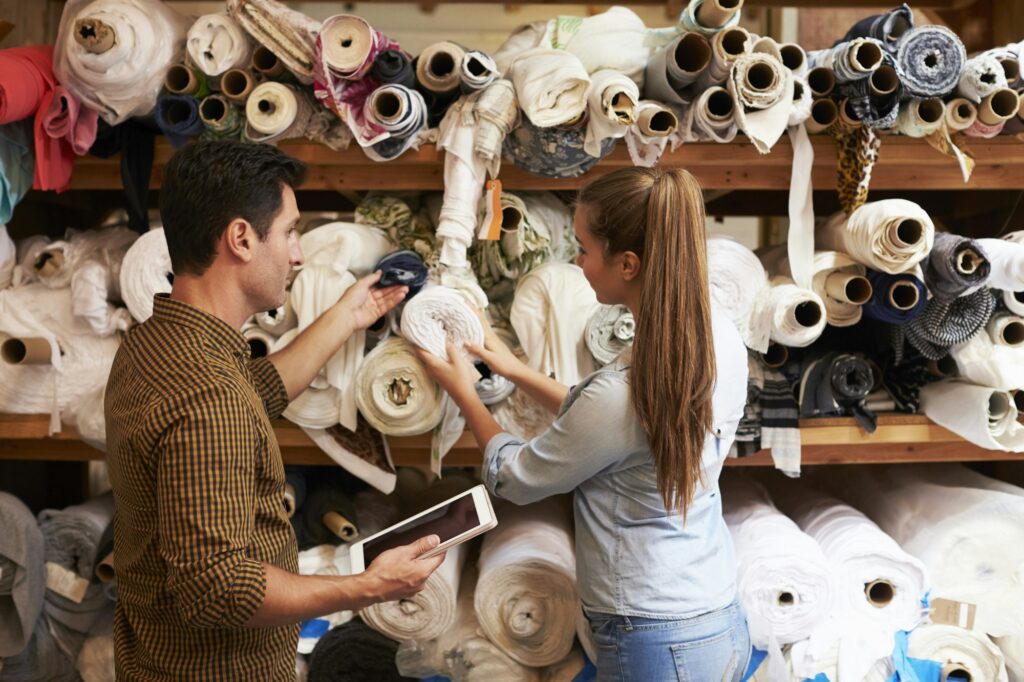
who we are
Sustainability
Subsbench is committed to being an ethical and sustainable business, sourcing renewable, recycled and recyclable fabrics and making sure our work place, be it in the UK or FE, meet and exceed all required standards.
We prioritize the well-being of our employees, everyone involved in our supply chain, and our valued customers. As a catalyst for positive change, we are committed to thinking big, going the extra mile, and continually striving for improvement.


Fabric with function. Engineered for endurability.
FABRIC TECHNOLOGY
Nanotechnology has brought significant improvements to the textile industry. Textile engineers and scientists are applying the unique properties of nanomaterials in efficient ways, leading to substantial commercial benefits.
There are various methods for producing nanoengineered textiles. Nanoparticles can be incorporated into fibers or applied as coatings on finished products using techniques like sol-gel, plasma polymerization, and layer-by-layer. These nanocoatings can enhance durability and weather resistance, and also alter the surface texture of fabrics.
Nanofibers produced by electrospinning and split spinning possess desirable properties like high surface area, permeability, and thin diameter. These fabrics can filter out toxic gases, pathogens, and harmful substances.
Nanoparticles evenly distributed in polymer matrices can improve toughness and abrasion resistance. Nanofibers can also enhance the tensile strength of composite fibers.

SUSTAINABILITY
OUR PROCESS
Our ambition is to become a more sustainable company.
Since manufacturers are being increasingly scrutinized for their manufacturing processes in the fashion industry and consumers are increasing their demands in response to fast-fashion trends, it has never been more important for clothing manufacturers to consult and de-risk their approaches to minimize environmental impacts and ensure the long-term safety of their businesses. These five areas represent equally critical elements of the textile and clothing industry in ensuring an environmentally conscious production process.
Clothing manufacturers are facing greater scrutiny over their production processes from regulators and consumers demanding more sustainable practices. This has made it essential for companies to carefully review and address risks to minimize environmental impacts and ensure the long-term viability of their businesses. The five areas outlined are critical elements the textile and apparel industry must address to adopt a more environmentally conscious approach to manufacturing.
Clothing manufacturers today have access to a variety of eco-friendly material options. Many are prioritizing the use of organic materials that minimize or avoid harmful chemicals, dyes, and processes. An increasing number of fashion brands are also incorporating recycled materials, either partially or fully. Clothing made from fast-growing, low-maintenance materials like bamboo is gaining popularity over traditional cotton due to its environmental benefits, such as faster growth, lower pesticide use, and greater carbon absorption.
Adopting eco-conscious design and manufacturing can help companies establish a stronger environmental identity as sustainability concerns grow. By creating durable, functional products with resource-efficient production, brands can mitigate fast fashion risks and attract customers focused on quality and sustainability. This may involve using fully recycled materials and natural dyes that are easier to dispose of. Most importantly, clearly communicating the environmental intent behind product designs can encourage consumers to shift towards longer-term, thoughtful purchases.
To reduce environmental impact, clothing companies must optimize their supply chains and logistics. This involves sourcing materials locally or using the least damaging transportation methods. Using carbon-neutral delivery partners and recycling/optimizing packaging also helps ensure a holistic approach to managing shipping-related risks.
As an example, Danish fashion brand Bestseller has partnered with a carbon-neutral shipping provider using biofuel, demonstrating that sustainable logistics options are available to accommodate the fashion industry’s needs across different transportation modes.
Going fully digital for internal communications saves paper and boosts efficiency. Real-time mobile communication is becoming popular in manufacturing, with several benefits:
- Alerts workers to hazards and equipment issues, improving safety
- Enables fast sharing of critical information like shift changes
- Saves time and money by instantly sending and receiving messages
- Enhances coordination between employees and managers
- Allows employees to manage AI, robots, and cobots using mobile tools
In summary, a digitally connected workforce is faster, safer, more productive, and greener. Mobile communication tools empower employees to collaborate better and transform manufacturing plants into modern, tech-savvy workplaces that can attract new talent.
